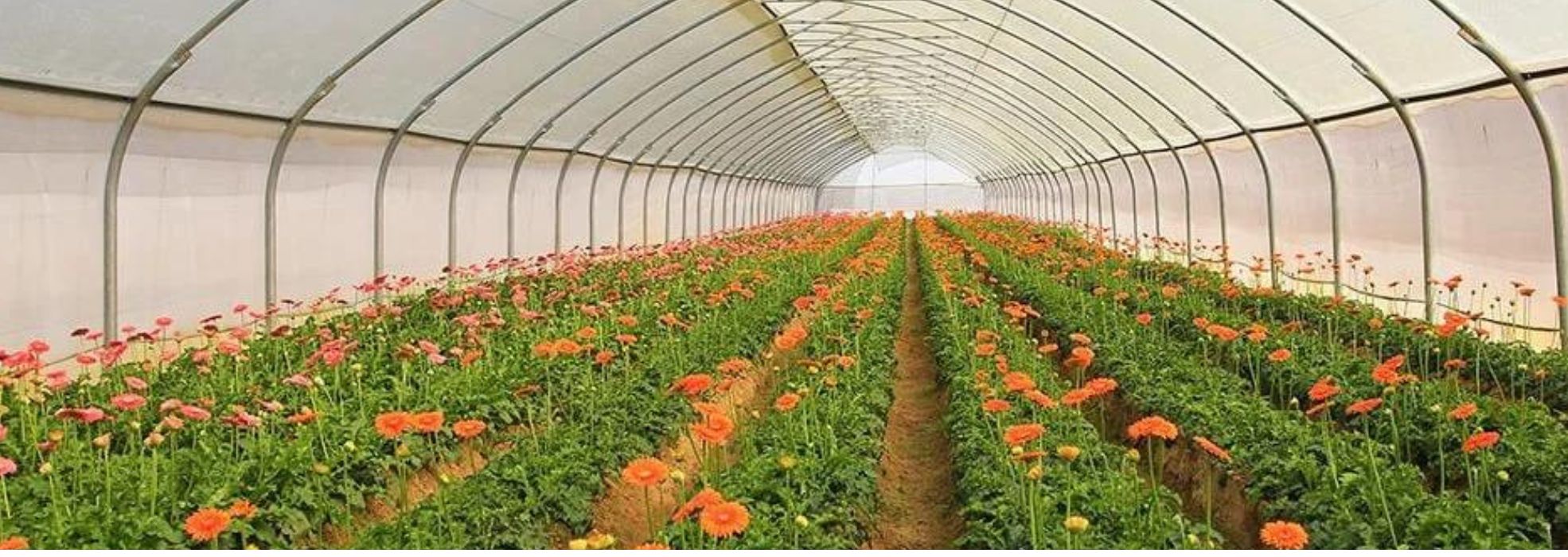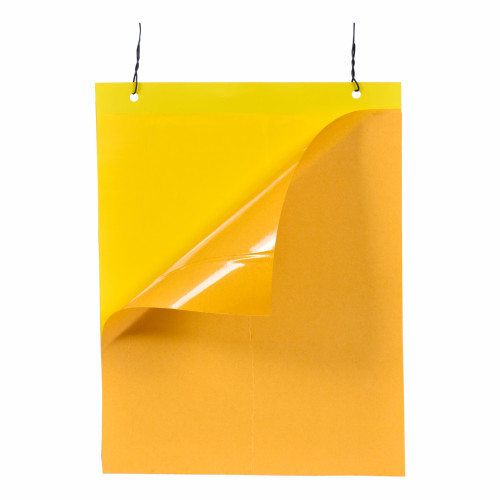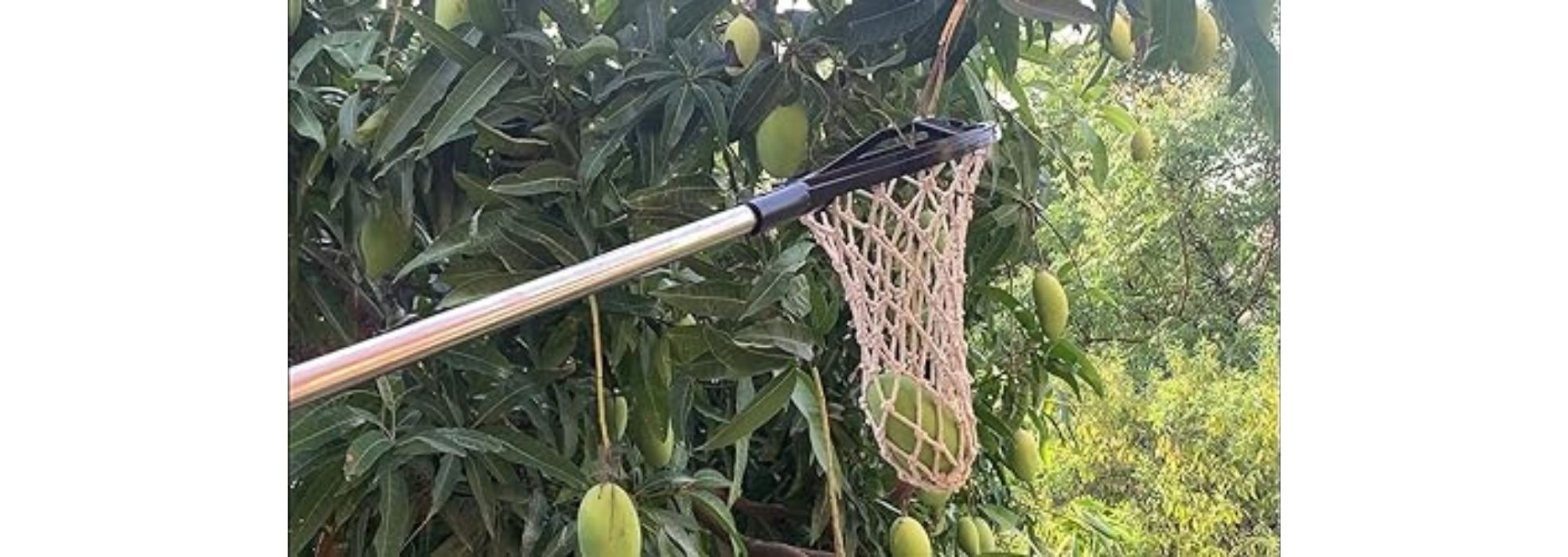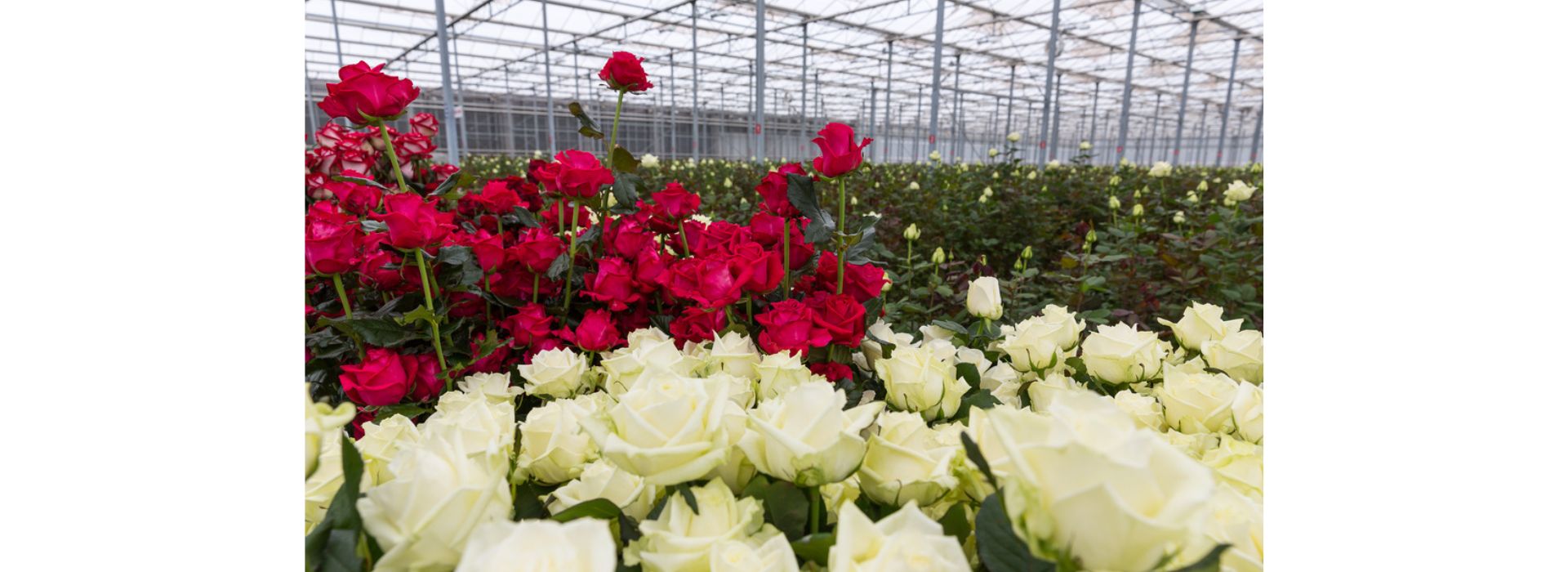Protected Cultivation
January 23, 2024Protected Agriculture Methods
In the ever-evolving landscape of agriculture, protected methods have emerged as a key driver of sustainable and efficient crop cultivation. These methods provide a shield against external factors, allowing for precise control over environmental conditions. This article delves into the intricacies of protected agriculture, spotlighting four distinct techniques: greenhouses, hydroponics, aquaponics, and mushroom cultivation.
Greenhouses: Creating Controlled Microclimates
Greenhouses stand as iconic structures in the world of protected agriculture, offering a haven where environmental variables such as temperature, humidity, and light can be meticulously controlled. Various types of greenhouses cater to specific needs and conditions:
Polyethylene Greenhouses:
Cost-effective and easy to assemble, these structures use polyethylene sheets to create a controlled environment. A Comprehensive Exploration of Protected Agriculture Methods in India
Polycarbonate Greenhouses:
Known for enhanced insulation and durability due to the use of polycarbonate panels.
High Tunnels:
Simple yet effective, high tunnels extend the growing season and protect crops from adverse weather conditions. Greenhouses enable year-round cultivation, protect crops from pests, and facilitate the growth of a wide range of crops that might be otherwise challenging in open fields.
Hydroponics:
Soilless Precision Farming Hydroponics revolutionizes traditional agriculture by eliminating soil from the equation. Plants receive essential nutrients through water, allowing for precise control over their nutritional intake. Various hydroponic systems include:
Nutrient Film Technique (NFT):
A thin film of nutrient-rich water continuously flows over plant roots.
Deep Water Culture (DWC):
Plants are suspended in nutrient-rich water with their roots submerged.
Drip System:
Nutrient solutions are dripped directly onto the plant roots. Hydroponics conserves water, maximizes space utilization, and accelerates plant growth, making it an efficient and sustainable agricultural practice.
Aquaponics:
A Symbiotic Ecosystem of Fish and Plants Aquaponics merges aquaculture (fish farming) and hydroponics into a harmonious and sustainable system.
In aquaponic setups:
The fish waste provides nutrients to plants. Plants, in turn, filter and purify the water, creating a symbiotic relationship. The system creates a closed-loop cycle, minimizing the need for external fertilizers. Aquaponics is celebrated for its resource efficiency, as it combines fish and plant cultivation in a mutually beneficial ecosystem.
Mushroom Cultivation: Fungi in Controlled Environments Mushroom cultivation represents a unique facet of protected agriculture, focusing on fungi rather than traditional crops. Key methods include:
Sterile Environment Cultivation:
Creating sterile conditions in controlled environments fosters the growth of mushrooms, especially varieties like shiitake and oyster.
Substrate Cultivation:
Mushroom mycelium is grown on a nutrient-rich substrate, such as sawdust or straw. Controlled temperature, humidity, and air quality are pivotal factors in successful mushroom cultivation, making protected environments essential for a consistent and high-quality yield.
Conclusion:
Protected agriculture, with its diverse methods such as greenhouses, hydroponics, aquaponics, and mushroom cultivation, signifies a paradigm shift in modern farming practices. These techniques offer not only protection against external challenges but also pave the way for resource-efficient, sustainable, and year-round cultivation. As we continue to refine and innovate within the realm of protected agriculture, the future promises a more resilient and productive agricultural landscape.






Guest reviews
No reviews found for this Blog